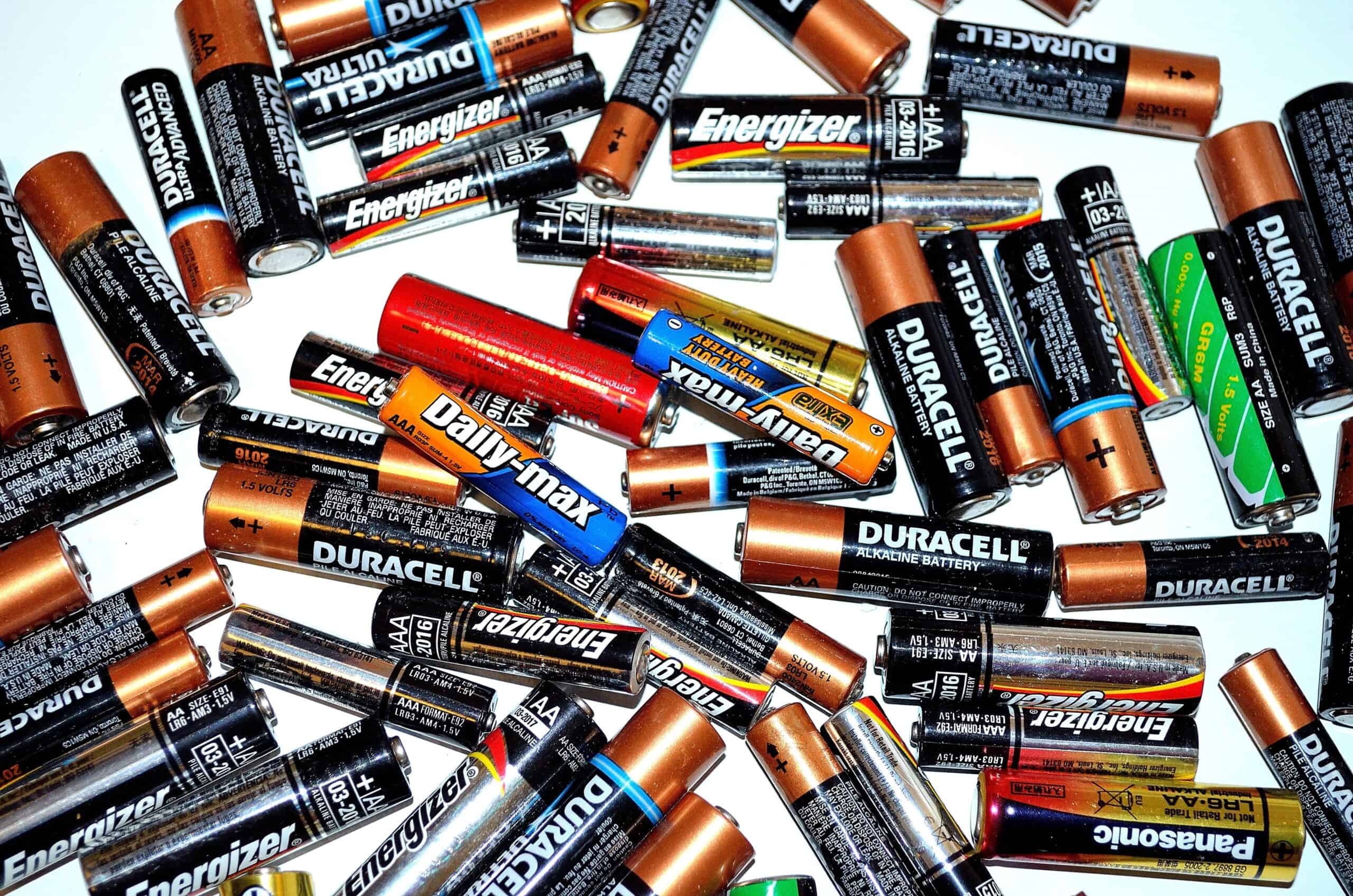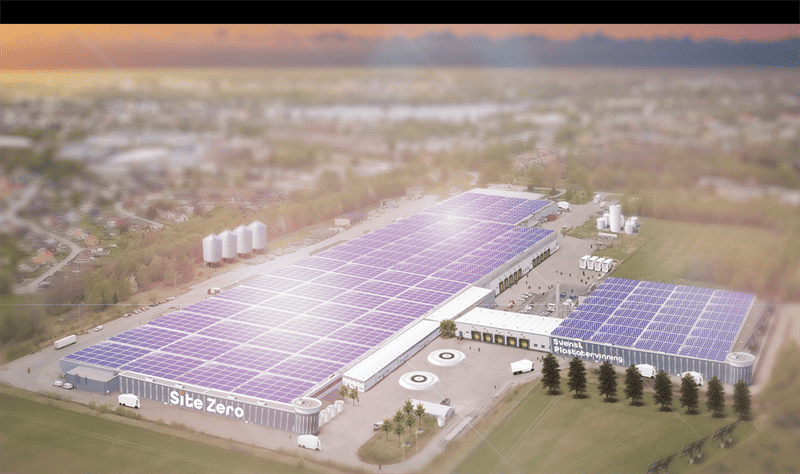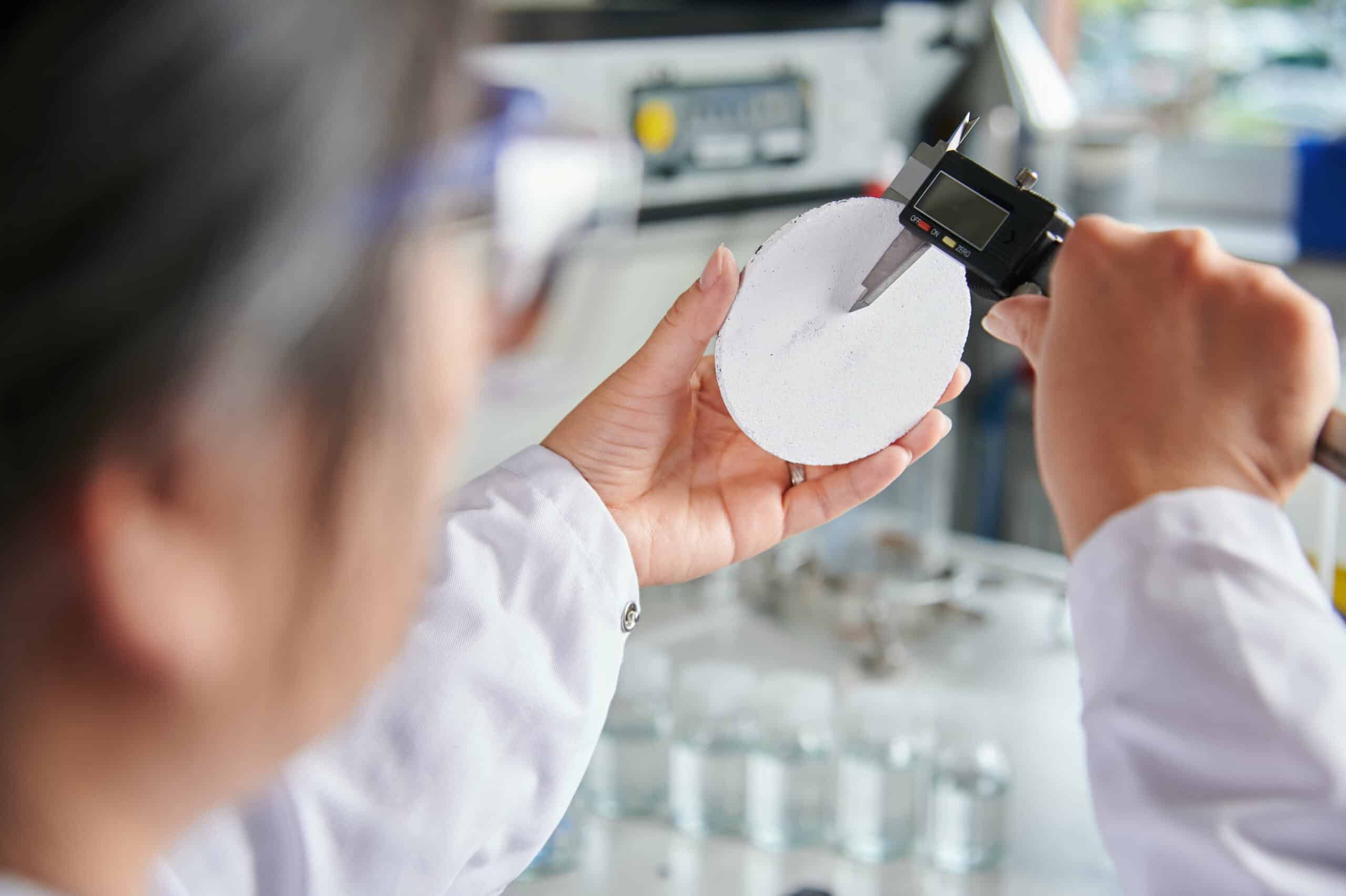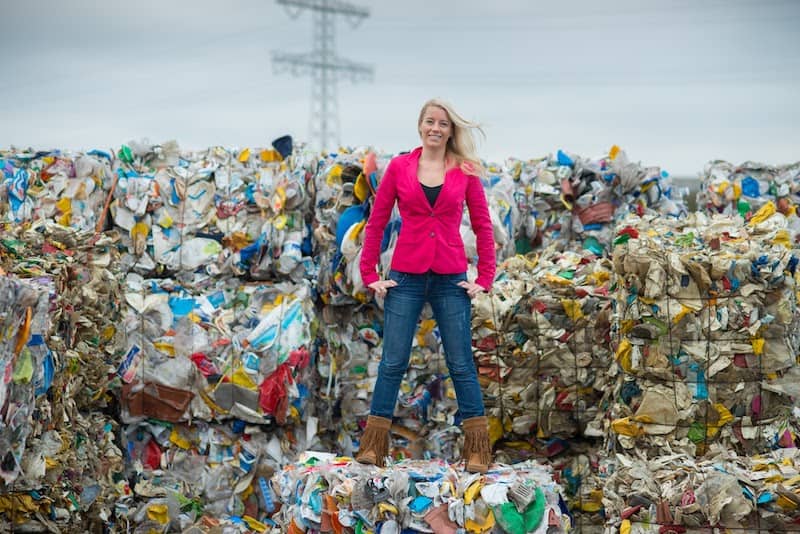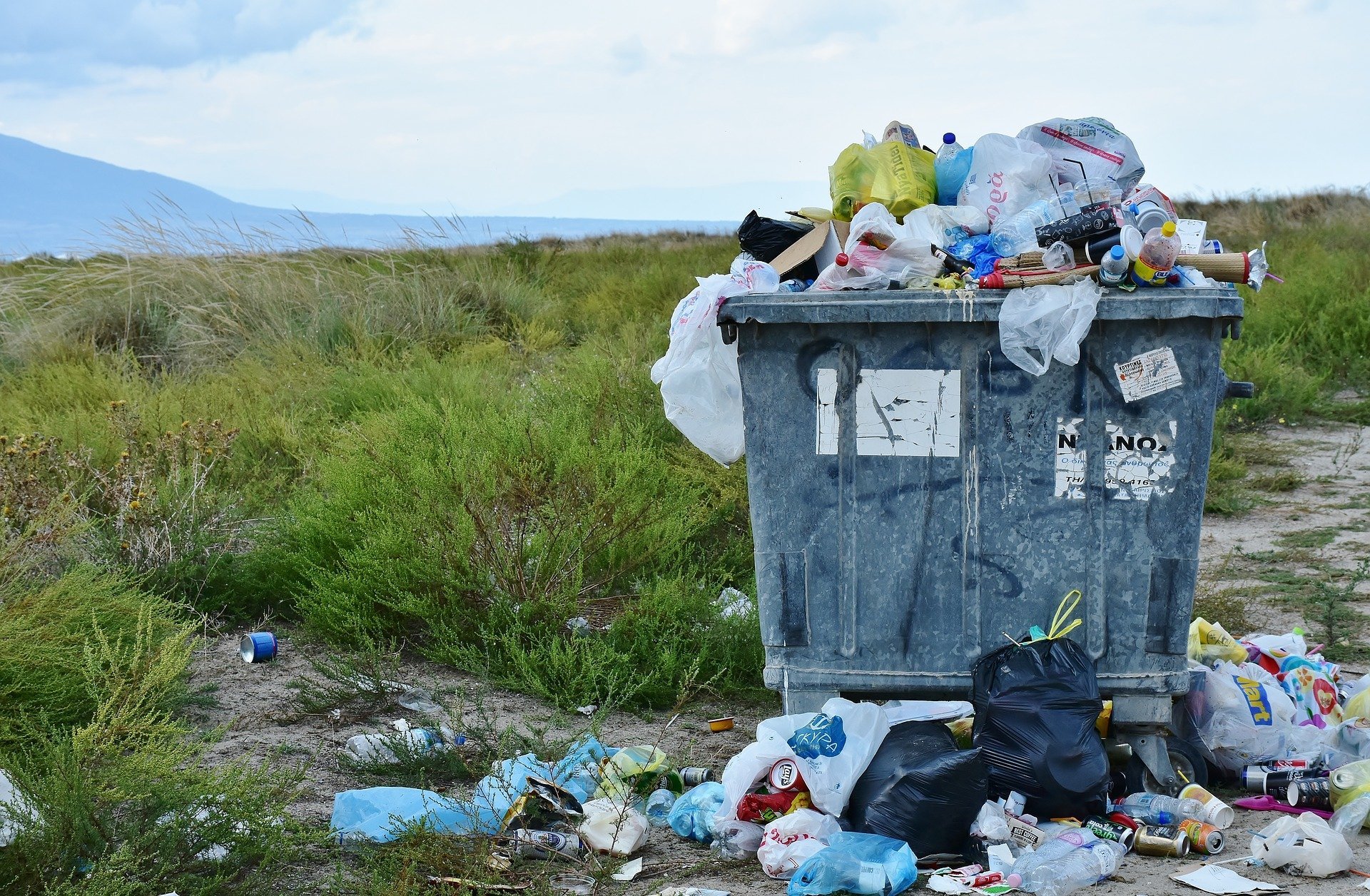
The start-up Recyclinnova wants to use chemical recycling to close the cycle of polyethylene terephthalate (PET) plastic. “Currently, most of it ends up in landfills or is incinerated,” Loise points out. “This is what makes it a source of CO2 emissions, but also a waste of valuable materials.” Plastic is now mostly recycled mechanically. There are disadvantages to this, the Italian contends. “If it concerns contaminated plastic, then mechanical recycling will not work. What’s more, the quality of the material degrades every time you reuse it.”
Unrealistic
In 2018, Loise officially came on board the start-up, which was founded in 2016. The two engineers and chemist who set up the company had found a new way to recycle PET in an efficient as well as chemical and green way. “I was already involved before, purely out of passion,” the chemist recounts. The chemical engineer previously worked in the food packaging industry. “So, I know how high the standards are for those materials and saw the problems behind recycling up close.”
For Loise, banning plastic is unrealistic. According to him, we need to improve the technology that is used in recycling. “That’s how we can fight pollution. We need to make sure that we cut down on the amount of non-recyclable plastic.”
There are many different types of plastic, each one with a different composition. Especially a lot of polyethylene terephthalate, PET for short, is used in our daily lives. For example, we drink from it (soft drink bottles) and have it on (fleece clothing). It is also found, for instance, in the filament used to make 3D-printed models. Other types include: High density plastic, from which crates are made, PVC contained in medicines, and low density plastic, such as foils and plastic bags. Not every kind of plastic can be recycled.
European rules
In a matter of decades, plastic production grew from 1.5 million tonnes in 1950 to 359 million tonnes in 2018 worldwide. Europeans produce 25 million tonnes of plastic waste each year, of which less than 30 percent is collected for recycling. In order to fight pollution, the European Commission has set a goal for all plastic packaging on the European market to be recyclable by 2030.
The European Union has approved legislation that requires each member state to pay 18 cents for every kilogram of unrecycled plastic from January 2021 onwards. “Consequently, it costs the state money every year that a company fails to recycle. Companies need to know if what they put on the market is recyclable. So as to prevent the material from ending up in landfills or, in the worst case scenario, in the sea.”
“We want to help businesses,” says Loise. The patented technology will enable the start-up to make new raw materials from existing PET. The structure of the plastic changes which makes it possible to make new materials from it. “We break down the polymers from which caps, labels and bottles, for example, are made into their basic molecules: Monomers. We can use these to make new PET products. But we can also sell this raw material on to other businesses. They will use it for something completely different, yet then they will know for sure that the material can be recycled.”
Springboard
The company relocated this summer from Italy to the Brightlands Chemelot Campus in Limburg, the Netherlands, where companies and researchers are working on innovative materials. The Italians deliberately chose this campus to be able to test and further improve their technology there. “We want to bring our technology to the market as soon as possible. The number of start-ups also focusing on chemical recycling is growing. We want to stay ahead of the competition. Brightlands is a springboard to the market for us.”
According to Loise, it is sometimes difficult to talk about plastic. “The media have blasted it into being an immense problem. If you really look at the issue, the problem is not the plastic itself, but the way people use that plastic. If we use plastic without knowing where it ends up at the end of its lifespan, then that is what the real problem is. It is not realistic to try to fight plastic. It is simply everywhere, it is woven into the things we use daily. We need to improve the technology to recycle plastic.”
Needless to say, plastic is also a behavioral problem, Loise asserts. “People have to be willing to separate their waste properly. That is where the municipality has a part to play. It has to help people make separating waste more convenient. The better you do that, the higher the quality.” Loise does realize that he is working on a small part of the solution. “But I hope by looking at the problem differently, we can understand it more clearly. We can imagine a world where waste is not something that we should be afraid of.”


